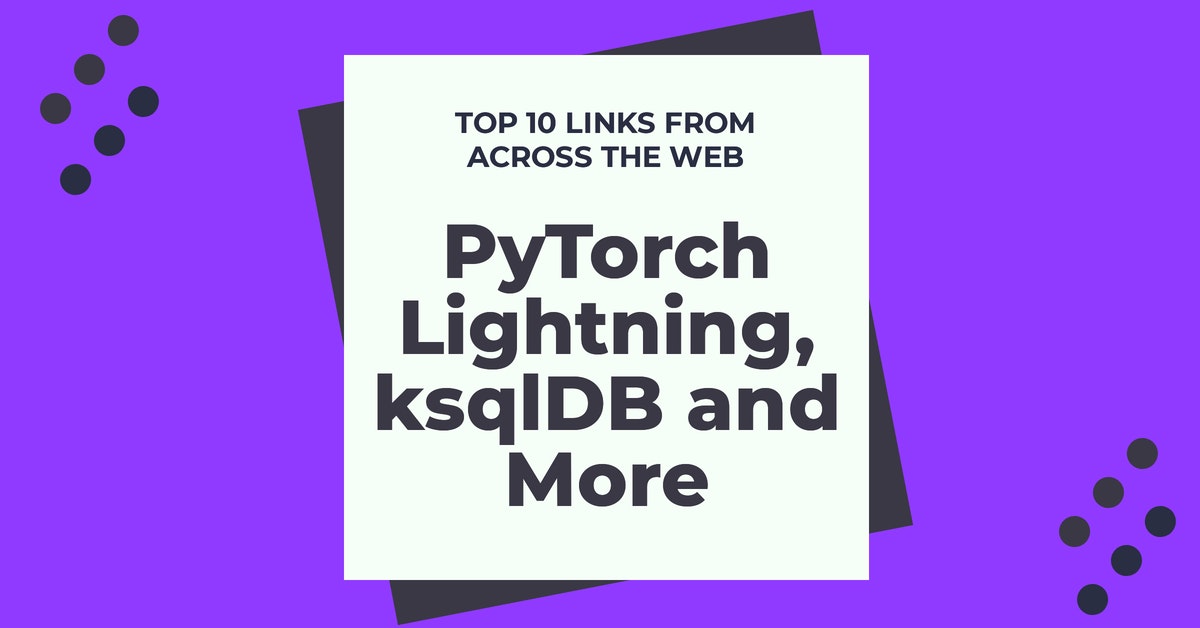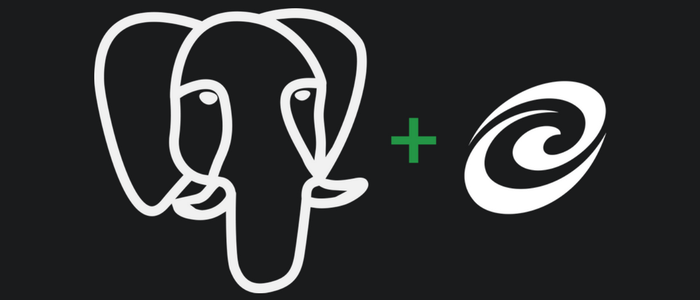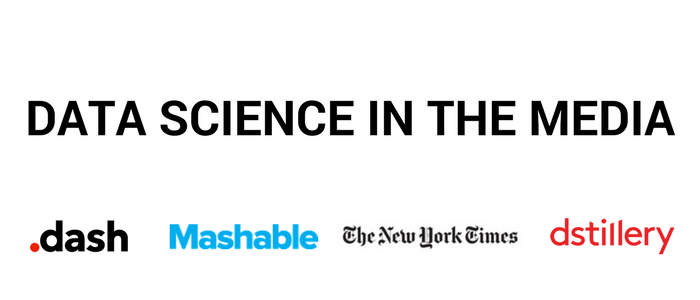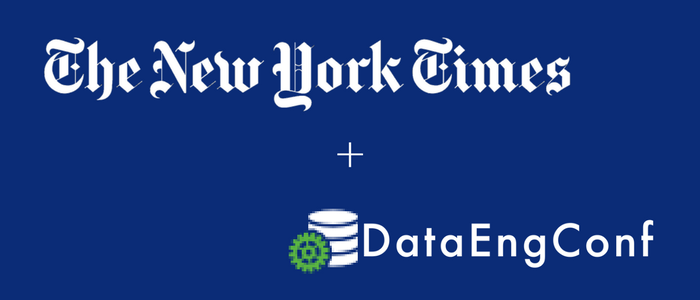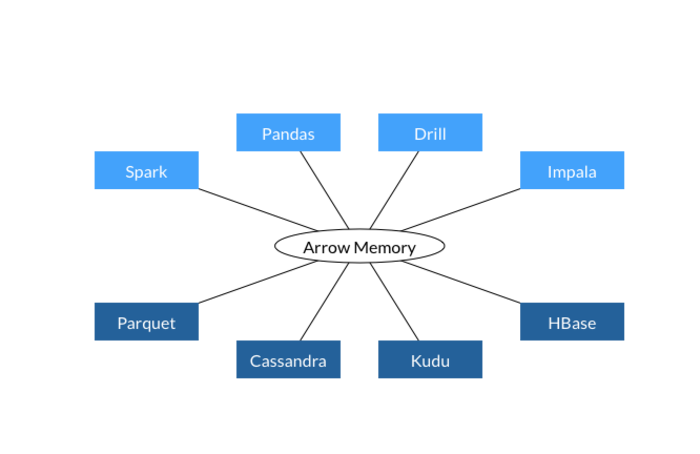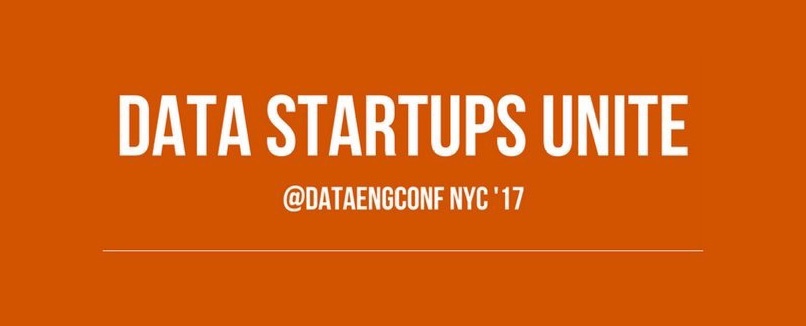Here are 10 recent relevant links for data professionals, from blog posts and tutorials to podcast episodes:
1. PyTorch Lightning: a gentle introduction
Former Data Council speaker Will Falcon published an interesting post on PyTorch Lightning, the lightweight PyTorch wrapper born out of his Ph.D. AI research at NYU CILVR and Facebook AI Research (FAIR). Framed as "a gentle introduction", it includes a side-by-side comparison of building a simple MNIST classifier PyTorch and PyTorch Lightning, in order to illustrate how to refactor one into the other. This is highly recommended reading if you are working on AI/ML research, be it as a professional researcher, student or in production.

